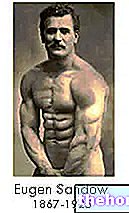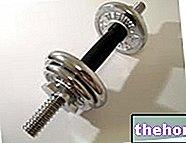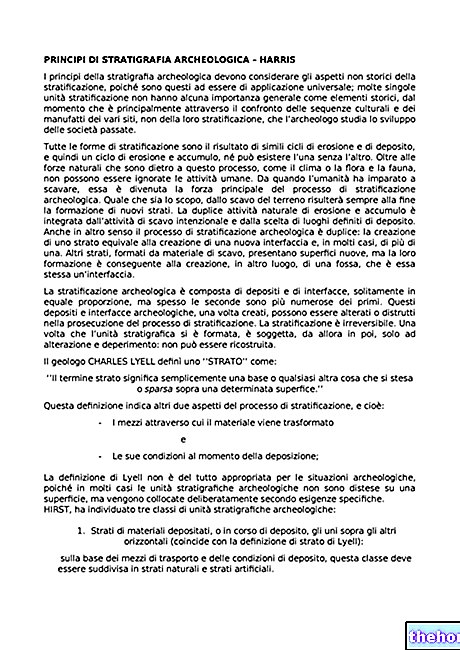Rapidity and speed are similar but not identical concepts; in fact, the term rapidity refers to the ability to react to a stimulus in the shortest possible time and / or to perform movements of individual body segments at maximum speed against low resistance.
Speed is instead a physical concept generally referred to the whole body which expresses the relationship between the distance traveled (space) and the time needed to travel it (V = S / T).

The workouts aimed at improving speed vary from sport to sport since a fundamental role is played by the motor experience and technical skills of the athlete. The result of this wealth of motor experiences is the so-called ability to anticipate which allows the athlete to guess, for example, the trajectory and speed of the ball in advance.
The ability to sprint is instead a common feature of many sports and its training has a significant influence on performance.
Let's take as an example a sprint race on 100 meters: the athlete's performance consists of three distinct phases: in the first, the speed increases (acceleration phase 0-30 m approximately) until it reaches its maximum value which will only be maintained. for a few seconds (phase of maximum speed 30-70m). In the final section there is instead an inexorable decrease in speed (phase of decreasing speed 70-100m).
In training, the ability to sprint is trained through repetitions of 30-40 meters with a standing start or slow running. In this way, the improvement of the acceleration capacity is also stimulated at the same time. This first phase of the sprint is the most sensitive to force while after twenty meters the nervous component takes over. In most sports, the acceleration phase is particularly important (football, rugby, basketball, etc.).
During the repetitions on the thirty meters the athlete will have to work hard, without reservations. Depending on the degree of athletic preparation, different training schemes will be chosen. While the length of the repetitions (30-40 m) must not undergo significant variations, the number of repetitions and possibly series will be influenced by the level of performance, by the length of training and by the characteristics of the athlete.
For a medium-high level sportsman, sprint speed training can be set up as follows: 2 series of 6 repetitions on 30 meters with recovery of two minutes between repetitions and four between series.
Obviously the speed tests must be preceded by an adequate warm-up (at least 15-20 minutes) not only to prevent injuries but also to ensure maximum performance in training (the internal temperature of the "body must" be higher than the resting condition to guarantee maximum metabolic efficiency).
In football and other sports games in which it is very important to take care of the acceleration phase, various training techniques more or less related to the athletic gesture can be used. For example, the special sprint training can be performed by dribbling with the ball (basketball) or carrying it forward with the feet (football).
The ability to accelerate is generally trained by covering distances between 10 and twenty meters (the increase in speed between twenty and thirty meters is in fact very low). To make training more fun, sprint races can be held with a partner starting the repeat with a couple of meters behind and trying to reach him in the few meters available. To make speed training more suitable for athletic movements, it is also possible to insert zigzag courses, dribbling between pins, jumps of obstacles, sudden changes of direction or accelerations and decelerations of variable duration alternated with short strokes of slow running.
Strength and speed training
Pure speed is the most important parameter in speed development.However, attention should also be paid to strength training, especially to improve in the acceleration phase.
At the beginning of a sprint it is important to have a good explosive force (max force) which is used in the support and discharge of muscle power to the ground (it plays a decisive role in the first meters in which there is a longer contact time of the foot ).
It is difficult to train and reconcile strength training with speed training because the development of one tends to invalidate the other.
The contrast method was designed to solve this problem. There are two different types of work: counter between the series in which series with heavy loads alternate with series with lighter loads and against in the series in which heavy loads are alternated with light loads in the same series. These types of exercise are used to stimulate the neuromuscular system more: the higher load involves a "slower execution of the exercise" while the lower load stimulates the speed of execution, in this way strength and speed training can be reconciled. .
















.jpg)











